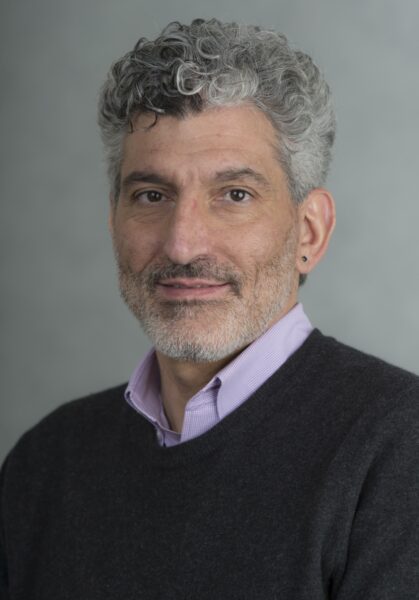
A twin design is a powerful way to examine the contribution of genes and environment on behavior. Dr. Jacobson’s project, which was awarded a Brain Research Foundation Seed Grant, proposed to collect functional imaging data related to impulsivity and socioemotional information processing from adult twin pairs. Twins were subjected to impulsivity and emotional tasks in order to better understand the genetic factors behind neurophysiological response patterns that are related to the development of aggression and antisocial behavior.
This study was to focus on three brain areas that underlie aggression and antisocial behavior: the amygdala (involved in fight-or-flight response), the orbital medial prefrontal cortex (OMPC) and the dorsal anterior cingulated cortex (dACC). Sixteen sets of twins, eight identical and eight fraternal, were to perform various tasks while whole-brain functional magnetic resonance imaging was carried out. These performance tasks are well-established activities used to assess a person’s impulsivity and aggression. In the first task, subjects were shown photographs of faces that illustrate varying degrees of emotion while brain images of the amygdala and OMPC were captured. They were asked to rate the photograph’s emotion as positive, negative or neutral.
In addition to faces, they were also shown emotional pictures that displayed pleasant, neutral or unpleasant scenes (puppies, a snake, car accident, etc.). People that exhibit aggressive behavior interpret these pictures differently. For example, aggressive people are more likely to view neutral faces as hostile, compared to non-aggressive people.
Another task was called “Go/No-go” which looked at motor and cognitive impulsivity. The mechanism behind impulsivity behavior is thought to be the dACC. In this performance task, the subject viewed letters that were flashed on a computer screen as they were in the magnetic resonance scanner. For example, the subject was told to press a button when they saw a “red D,” but were not supposed to push the button for any other letter, including other colored “D’s.” This task is extremely hard for children with attention deficit hyperactivity disorder. In fact, extremely impulsive kids can’t stop themselves from hitting the button repeatedly. In the scanner, Dr. Jacobson was able to see what the brain does when the correct answer flashes on the screen, and also what happens in the brain before the button is pushed for the wrong letter.
The data obtained from these tasks were combined with lab-based behavioral assessments and self-reports of aggression and antisocial behavior to determine whether the genetic factors that underlie individual differences in brain activation levels overlap with genetic influences on aggression and antisocial behavior. If in fact the way brains are wired and the way this information gets transmitted are heritable, identical twins’ brains should be more similar than fraternal twins’ brains, illustrating a genetic influence on brain pathway.
Using the data collected from her 2007 Seed Grant, Dr. Kristen Jacobson was able to turn this $25,000 grant into over $5.5 million in additional funding from the National Institutes of Health.



